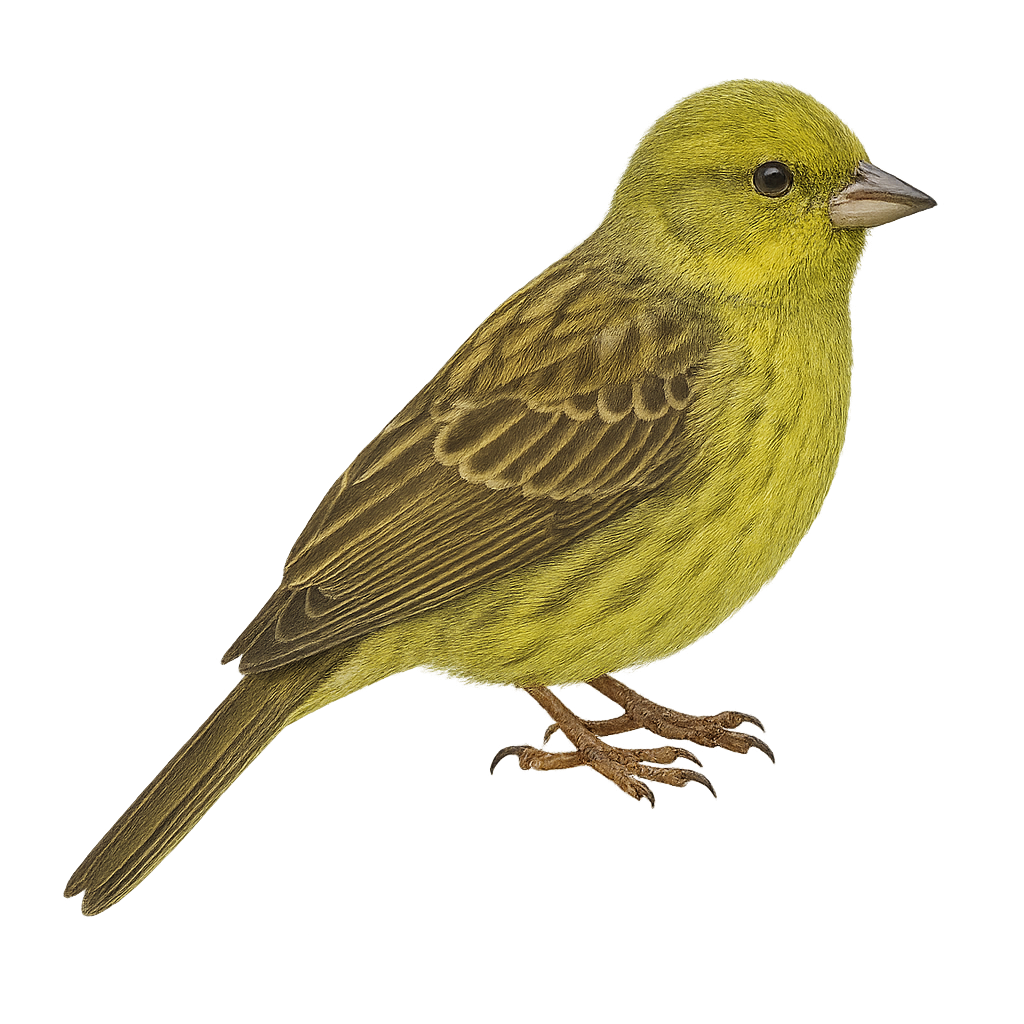Your wildlife photography guide.
Explore the yellow bunting in detail, study its behavior, prepare your shots.
Where to observe and photograph the yellow bunting in the wild
Learn where and when to spot the yellow bunting in the wild, how to identify the species based on distinctive features, and what natural environments it inhabits. The WildlifePhotographer app offers tailored photography tips that reflect the yellow bunting’s behavior, helping you capture better wildlife images. Explore the full species profile for key information including description, habitat, active periods, and approach techniques.
Yellow Bunting
Scientific name: Emberiza sulphurata

IUCN Status: Near Threatened
Family: EMBERIZIDAE
Group: Birds
Sensitivity to human approach: Suspicious
Minimum approach distance: 10 m
Courtship display: April to June
Incubation: 12-13 jours
Hatchings: May to July
Habitat:
Deciduous forests, shrubby areas, riverbanks
Activity period :
Primarily active during the day, with peak activity in the morning and late afternoon.
Identification and description:
The Yellow Bunting, or Emberiza sulphurata, is a small passerine bird belonging to the Emberizidae family. It is primarily found in the wooded regions of Japan, where it is endemic. This bunting is notable for its bright yellow head, contrasting with its brown back and striped wings. It inhabits deciduous forests and shrubby areas, often near watercourses. Its song is melodious, consisting of clear, repetitive notes. Though discreet, it is occasionally seen in small groups. Its population is declining due to habitat loss and forest fragmentation. Preserving its natural habitats is crucial for its survival.
Recommended lens:
400 mm – adjust based on distance, desired framing (portrait or habitat), and approach conditions.
Photography tips:
To photograph the Yellow Bunting, it is advisable to use a telephoto lens of at least 400mm to capture detailed images without disturbing the bird. Look for areas where it is likely to feed, such as riverbanks or clearings. Be patient and discreet, as this bird is suspicious. Use a tripod to stabilize your camera and wait for the right moment to capture its song or flight. The early morning hours often provide the best light and activity.
The WildlifePhotographer App is coming soon!
Be the first to explore the best nature spots, track rutting seasons, log your observations, and observe more wildlife.
Already 1 432 wildlife lovers subscribed worldwide

